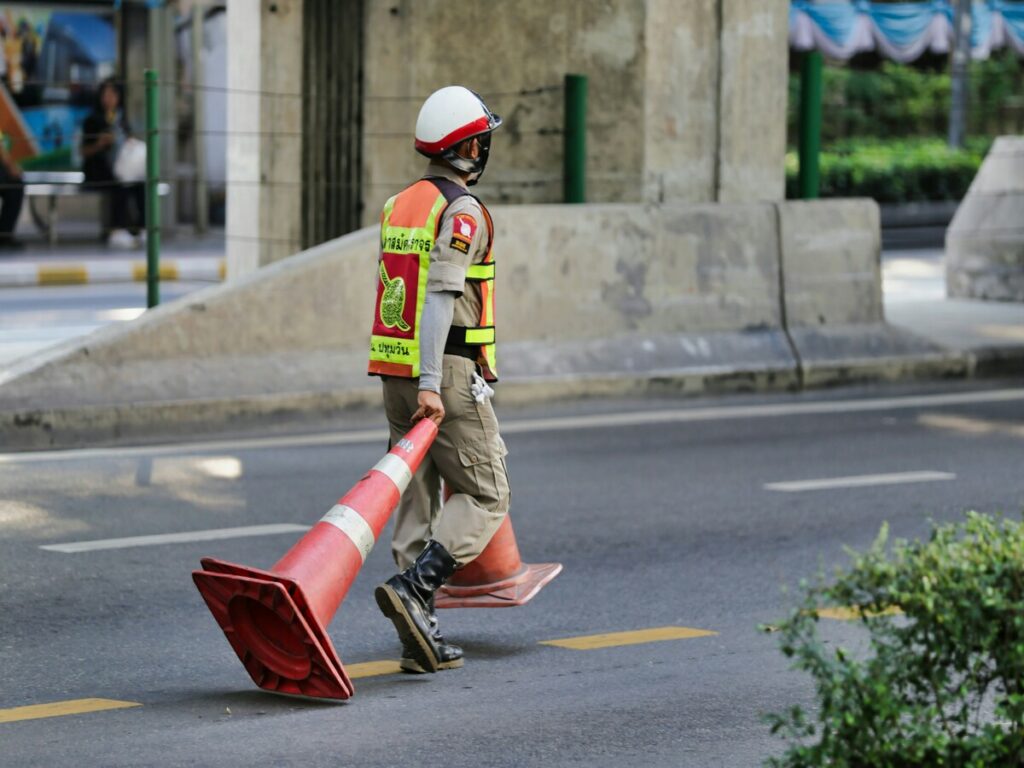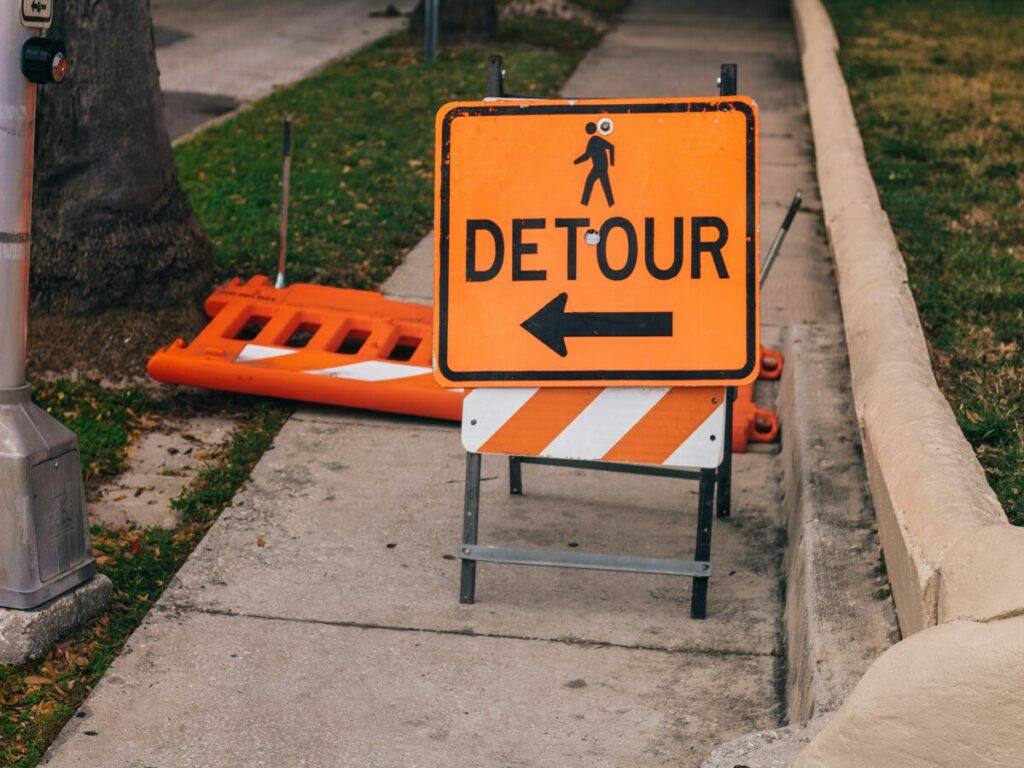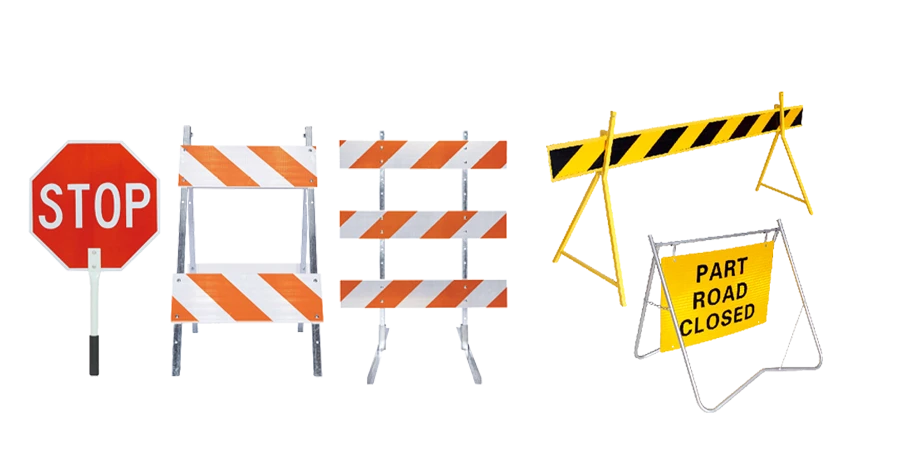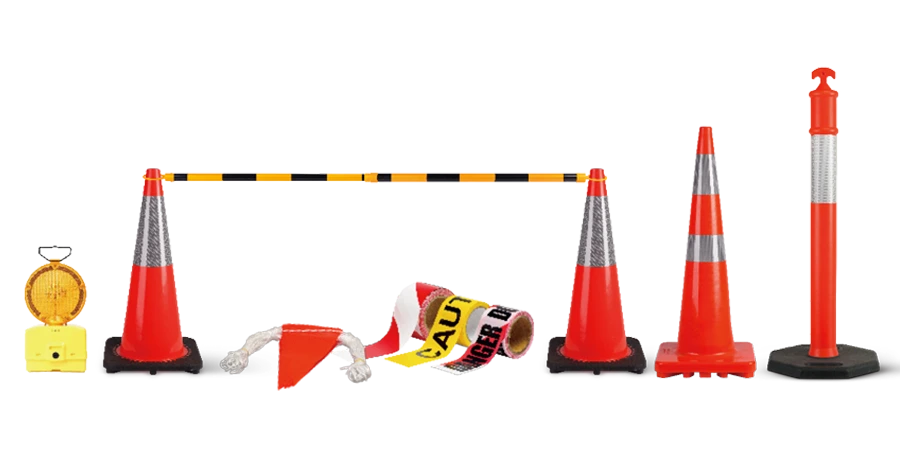Mejora de la experiencia del usuario con el mango de agarre multipropósito del delineador del cono canalizante

El mango de agarre multiusos transforma la forma de interactuar con los delineadores portátiles. Su diseño asegura un agarre seguro, haciendo que el manejo sea más fácil y eficiente. Notarás cómo mejora la seguridad al aumentar la estabilidad de los conos de tráfico., evitando que se vuelquen. Las tiras reflectantes mejoran la visibilidad, ayudar a conductores y peatones a detectarlos rápidamente. Los materiales duraderos permiten que estos delineadores de tráfico resistan las inclemencias del tiempo., asegurando confiabilidad a largo plazo. Ya sea que esté gestionando el tráfico u organizando eventos, Este innovador mango simplifica sus tareas manteniendo la seguridad y la eficiencia..
Cómo instalar delineadores flexibles: Métodos de instalación fijos y no fijos

Los delineadores flexibles son herramientas esenciales para gestionar el tráfico y mejorar la seguridad vial. Estas publicaciones, hecho de polietileno duradero, Están diseñados para absorber impactos y reducir el riesgo de lesiones.. Sus bases de policarbonato proporcionan estabilidad, mientras que las tiras reflectantes mejoran la visibilidad por la noche. A menudo los verás marcando carriles, curvas, o intersecciones. Son livianos, resistente a la intemperie, y cumplir con los estándares de seguridad como MUTCD y NCHRP-350.
Implementación de la línea central: Estrategias, Regulaciones, y el papel de los delineadores de tráfico en la seguridad vial

La implementación de la línea central juega un papel fundamental en mantener seguras las carreteras. Te ayuda a navegar los carriles, reduce la confusión, y previene los accidentes. Separando claramente el tráfico que se mueve en direcciones opuestas, Las marcas de la línea central minimizan el riesgo de colisiones frontales. También guían a los conductores a través de diseños de carreteras complejas., Asegurar el flujo de tráfico más suave.
Por qué los paneles verticales no son adecuados para áreas ventosas: Principios científicos, Limitaciones, y mejores alternativas

Puede pensar que los paneles verticales son una opción confiable para el uso al aire libre., Pero su desempeño en áreas ventosas cuenta una historia diferente.. El viento ejerce una presión significativa sobre estos paneles, a menudo causando inestabilidad. Su alto, El diseño estrecho los hace menos adecuados para entornos con ráfagas fuertes. Con el tiempo, La exposición al viento puede debilitar su estructura, conduciendo a preocupaciones de seguridad. Para control de tráfico de panel vertical, Esta inestabilidad puede interrumpir la seguridad vial y crear riesgos. Comprender cómo interactúa el viento con estos paneles lo ayuda a tomar mejores decisiones para condiciones de alto viento.
¿Qué es un panel vertical?? Comprender su papel único en la gestión del tráfico

Un panel vertical es un dispositivo de control de tráfico especializado diseñado para guiar y administrar vehículos de manera efectiva. A menudo lo ve en las carreteras donde la construcción o los cambios temporales requieren una dirección clara. Es alto, La estructura delgada asegura que se destaque, Incluso en entornos concurridos o ocupados. Mejorando la seguridad vial, Ayuda a reducir la confusión y mantiene informados a los conductores. A diferencia de otros dispositivos, Sus elementos reflectantes y portabilidad lo convierten en una opción versátil para varios escenarios de tráfico. Puedes confiar en él para la estabilidad y la visibilidad., incluso en condiciones difíciles.
Conos de tráfico vs. Tambores de control de tráfico: ¿Qué es lo mejor para tus necesidades??

Los conos de tráfico y los tambores de control de tráfico son esenciales para administrar el tráfico y garantizar la seguridad. Aunque ambos tienen propósitos similares, Su diseño y funcionalidad varían. Los conos de tráfico son compactos, portátil, e ideal para uso a corto plazo. Los tambores de control de tráfico son más grandes, más duradero, y proporcionar una mejor estabilidad para situaciones de tráfico a largo plazo o de alto tiempo.













